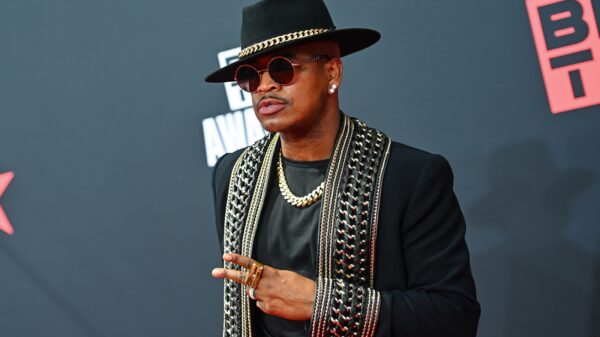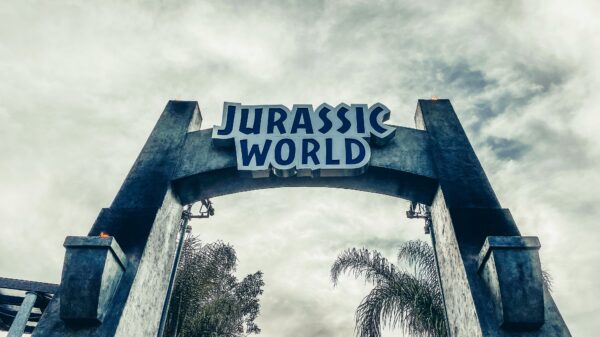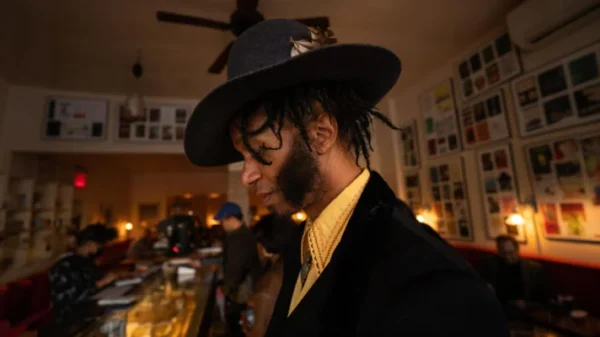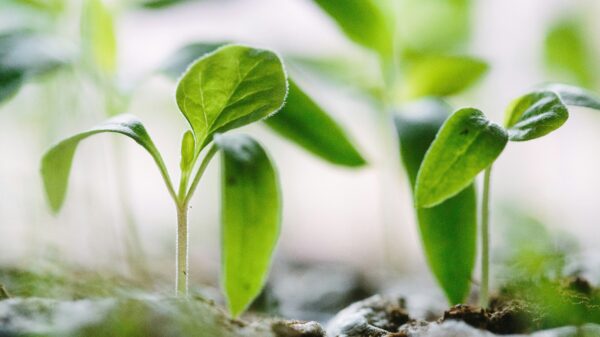Introduction to the Mojave Desert Land Trust
The Mojave Desert Land Trust (MDLT) is a pivotal organization dedicated to the preservation of the Mojave Desert’s unique and fragile ecosystem. Founded in 2006, MDLT’s mission is to protect the desert’s natural and cultural resources for future generations. This mission is increasingly critical as the Mojave Desert faces mounting threats from climate change, urban development, and invasive species, which collectively endanger the delicate balance of this unique environment.
The Mojave Desert, spanning southeastern California, southern Nevada, and parts of Utah and Arizona, is a vast and biologically diverse landscape. It is home to an array of unique flora and fauna, some of which are found nowhere else on Earth. Species such as the desert tortoise, the Joshua tree, and the Mojave ground squirrel rely on this habitat for their survival. The desert’s intricate ecosystems are finely tuned to its harsh conditions, making conservation efforts both challenging and essential.
MDLT plays a crucial role in these conservation efforts. The organization works tirelessly to acquire and manage key parcels of land, ensuring that they remain untouched by development. Their stewardship includes habitat restoration, scientific research, and educational outreach, all aimed at fostering a deeper understanding and appreciation of the desert’s value. Through land acquisition and rigorous management practices, MDLT safeguards critical wildlife corridors and habitats, ensuring the continued survival of the region’s unique species.
The Genesis of the Seed Bank Project
The Mojave Desert Land Trust’s Seed Bank Project was conceived out of a pressing need to preserve the unique flora of the Mojave Desert. The initial motivation stemmed from the recognition of the desert’s delicate ecosystem and the increasing threats posed by climate change, urban development, and invasive species. The project’s primary goal was to create a comprehensive repository of native seeds to ensure the survival and restoration of the region’s biodiversity.
The idea for the seed bank project was championed by a coalition of environmentalists, botanists, and local community leaders who understood the critical importance of seed preservation. Early on, the project garnered significant attention and support from various stakeholders, including academic institutions, government agencies, and non-profit organizations. Key players in the project’s inception included the Mojave Desert Land Trust’s board of directors and dedicated staff, as well as partnerships with renowned botanical gardens and universities.
Funding for the seed bank project was initially secured through a combination of grants, donations, and government support. Notable contributions came from the National Fish and Wildlife Foundation, which provided crucial seed money to kickstart the initiative. Additional financial backing was received from local foundations and private donors who shared a vested interest in the conservation of the Mojave Desert.
The Seed Collection Process
The Mojave Desert Land Trust (MDLT) employs a meticulous and ethical approach to seed collection, ensuring the preservation of native plant species and the overall health of the desert ecosystem. The process begins with the identification of target plant species, a critical step that involves thorough knowledge of the region’s flora. MDLT staff and trained volunteers conduct extensive field surveys to locate and document these species, often using botanical guides and GPS technology to map their precise locations.
The timing of seed collection is another crucial factor. Seeds are best collected when they have fully matured but before they disperse naturally. This period varies by species and is closely monitored to optimize the viability of the seeds. Staff and volunteers regularly visit marked locations to determine the optimal collection window, ensuring that seeds are harvested at the right moment.
Once the timing is right, the actual collection process begins. MDLT utilizes a variety of tools and equipment, including specialized seed collection bags, pruners, and sieves. The choice of tools depends on the specific plant and seed type. For instance, small seeds might be collected using fine mesh sieves, while larger seeds might require manual picking. The collected seeds are then carefully stored in breathable bags to prevent mold and other damage.
Ethical and sustainable practices are paramount throughout the collection process. MDLT follows strict guidelines to ensure that no more than a small percentage of seeds are taken from any given plant population. This practice helps maintain the genetic diversity and resilience of wild populations, preventing over-harvesting and ensuring that plants can continue to thrive in their natural habitats.


































